|
When I received this lens for testing, I was interested in the fact that the focal length enables Macro shots without getting into the bushes, and perhaps it could operate as a short tele-lens for general use, in addition, the large maximal aperture is tempting, as is the speedy focusing HSM, which is similar to Canon’s USM and Nikon’s AFS. Since my collection includes two sigma lenses with which I am very pleased– the 15-30mm and the 70-300mm APOII – I decided to take some time to check the 150mm/2.8.
The lens is quite big and bulky, but not too heavy. It is coated with Sigma’s rigid rubber. It has a huge ugly button that lets its foot rotate for photographing at a 90o angle relative to the tripod; ugly but works well.
As I started shooting, I saw Sigma’s HSM advantages and disadvantages. The focusing process is speedy, but the lens cannot always decide what to focus on, especially when a close-by object appears over a detailed background.
It starts hunting forward and backward, getting stuck occasionally and one needs to press one or two additional times to convince it to find the required object. For distant photographing (not macro) it’s ok – focusing is speedy and well determined.
This did not disturb me too much, because in macro I focus manually most of the time.
I tried it with teleconverters of course. The teleconverter that fits it both technically and physically is Kenko’s x1.4 teleconverter, which works fine with all my lenses, without exception. Except for this one!
This lens starts behaving very weirdly when with the teleconverter. The HSM flies forwards and backwards, gets stuck quite a lot, and in most cases cannot find itself. I knew that Sigma’s HSM lenses require their own teleconverter, and unfortunately, that’s true.
I checked its teleconverter and indeed, it works well with the lens. A focal length of 210mm is created with a maximal aperture of 4, which is very useful as a short/medium tele. In macro shots, the same indecisiveness appears, but anyway, in most cases you move to manual focusing. When working with a Kenko teleconverter, it works with manual focusing, and the results are good. There is almost no loss in quality (at least it is not visible to the eye) when using this teleconverter.
Although there is no backwards report to the camera on the new aperture and new focal length, the exposure is correct. With the original Sigma teleconverter, the report is correct. The optical tests I ran were sharpness tests with different apertures: back-focus, Bokeh, flare, CA, behavior with background light and also vignetting. The lens does not have observable spherical distortion. It was expected to have a little amount of pin-cushion distortion due to the focal length (a well known disease of long lenses), but I did not find anything significant. Generally, it is a superb lens (optically). Even with an open aperture it performs fantastically. It is just slightly less sharp than Nikon’s 70-200 AFS VR with an open aperture and a similar focal length, but with aperture 4 it’s as sharp as a blade. The colors it produces are good and are very similar to being neutral. Its Bokeh is very good. In a scale ranging from 1 to 10, I would grade it 8.5. The lens has 9 leaves in its aperture, a bit rounded, contributing to the excellent Bokeh, and the optical plating is very good (also influencing the Bokeh). Just to show that Sigma addressed the Bokeh issue very seriously. The lens has almost no flare. I caught the sun in the frame and the amount of flare is microscopic. The lens is almost CA free (color distortions expressed in color fringes when shooting a dark object over a bright background) even with a wide-open aperture, indicating well-designed optics. It has some vignetting with the aperture wide open (for example, when photographing the sky), but with aperture 4 and smaller, it is unnoticed or absent altogether. I did not find any indications of back-focus – it focuses exactly to the point where I adjusted the camera - also in very close macro shots (where the background cannot confuse it). In the Nikon version, it does not have an MF/AF switch, which is somewhat irritating, but the camera has the required button in a convenient location. It was better to have that switch on the lens to eliminate the need to search for it on the camera.
It well supports continuous focus, which enables it to follow objects in speedy motion. However, since its use in macro is important for me, I did not care about the HSM. For distance photography the HSM is very useful, with or without a teleconverter. As mentioned before, it is good optic-wise, and although it is called Sigma, which does not always indicate heavenly quality, I decided to take it on board. If Nikon had an AFS lens with that focal length and that aperture, and if the difference in cost was not outrageous, I would undoubtedly choose the Nikon. This is due to the sturdy construction of the Nikon and its compatibility to my teleconverters.
But, they don’t have it. Lately, Nikon introduced the 105mm/2.8 AFS VR lens, but it's only 105mm, not 150mm.
Since, currently, that’s the situation, and the optical quality of the Sigma is good or even superb – the Sigma will stay with me. With the D2X there are sometimes communication and compatibility problems. Occasionally (but not always) the lens gets stuck and will not focus. Turning the camera off and on again sometimes brings it back to life. Perhaps the chip inside the lens should be replaced (maybe it has already been replaced since I purchased the lens). Surprisingly, there are fewer problems with the Sigma teleconverter than without it! Following is a series of photographic examples. USM (sharpening) was enabled on each of the photos to cancel the blurriness due to the decrease in size for the web. The first test – performance in back-light conditions: 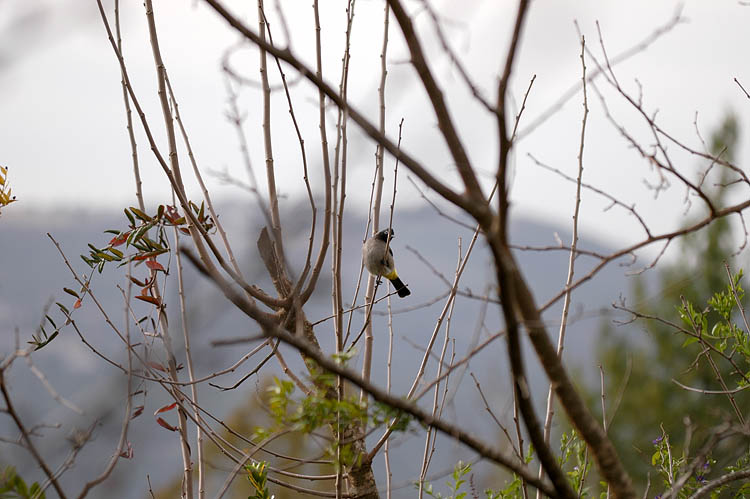 | | Model: NIKON D100 Exposure Time: 1/1600sec F Number: 2.8 Max Aperture Value: 3 Focal Length: 150mm Exposure Program: Aperture priority Exposure Bias Value: 0 Metering Mode: Center Weighted Average White Balance: Manual white balance Flash: Flash did not fire Focal Length In 35mm Film: 225 Date Taken: 2005:01:21 08:59:06 Color Space: sRGB |
Excellent performance. The inner contrast of the small details in this picture is well preserved and so are the original colors. This is a very important test for a macro lens, since frequently an illuminated object may appear in the background and spoil the nice impact of the picture. The second test – a close-up Bokeh test. This is a must for getting impressive macro pictures:  | | Model: NIKON D100 Exposure Time: 1/3200sec F Number: 4 Max Aperture Value: 3 Focal Length: 150mm Exposure Program: Aperture priority Exposure Bias Value: 0 Metering Mode: Center Weighted Average White Balance: Manual white balance Flash: Flash did not fire Focal Length In 35mm Film: 225 Date Taken: 2005:02:19 10:51:54 Color Space: sRGB |
The lens passed the Bokeh test successfully, and the tough background was “smeared” without attracting too much attention: 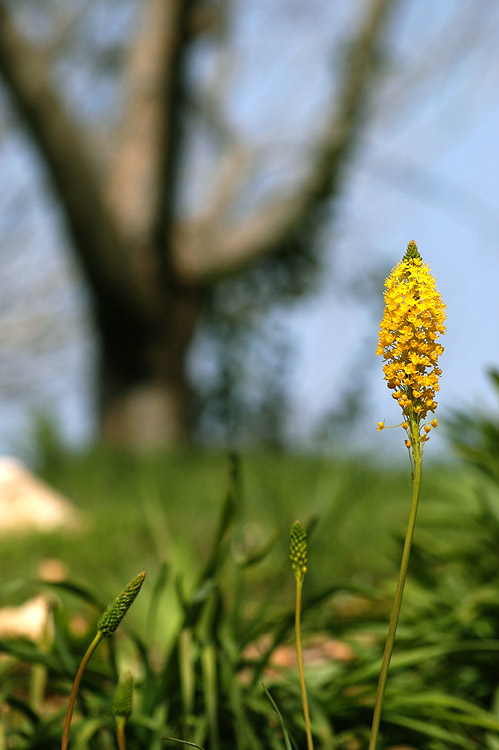 | | Model: NIKON D100 Exposure Time: 1/3000sec F Number: 4 Max Aperture Value: 3 Focal Length: 150mm Exposure Program: Aperture priority Exposure Bias Value: 0 Metering Mode: Center Weighted Average White Balance: Manual white balance Flash: Flash did not fire Focal Length In 35mm Film: 225 Date Taken: 2005:02:19 10:55:38 Color Space: sRGB |
It can be stated that Sigma’s lens produced an impressive Bokeh. The next test – the CA test (color aberrations). They usually appear as colorful fringes over transition areas when shooting small dark objects over a very light background. In this example the picture was overexposed, and yet, it’s hard to find CA in the photo. There is a slight darkening in the edges (vignetting) – which disappears when closing the aperture:  | | Model: NIKON D100 Exposure Time: 1/4000sec F Number: 2.8 Max Aperture Value: 3 Focal Length: 150mm Exposure Program: Aperture priority Exposure Bias Value: 0 Metering Mode: Center Weighted Average White Balance: Manual white balance Flash: Flash did not fire Focal Length In 35mm Film: 225 Date Taken: 2005:01:21 08:59:47 Color Space: sRGB |
Sigma did a good job here with the coating of lens elements and with the precise offset of the focal point for the different colors. The colors that the lens produces are neutral, and it does not change or paint what the camera produces naturally (D2X in this case):  | | Model: NIKON D2X Exposure Time: 1/320sec F Number: 3.5 Max Aperture Value: 3 Focal Length: 150mm Exposure Program: Aperture priority Exposure Bias Value: 0 ISO Speed Ratings: 125 Metering Mode: Center Weighted Average White Balance: Auto white balance Flash: Flash did not fire Focal Length In 35mm Film: 225 Date Taken: 2005:04:08 09:50:45 Color Space: sRGB |
The next test – the flare test – what happens when the sun is captured in the frame? Is a colorful flare created? The test shows that this does not happen – and the quality coating of the lens elements proved successful: 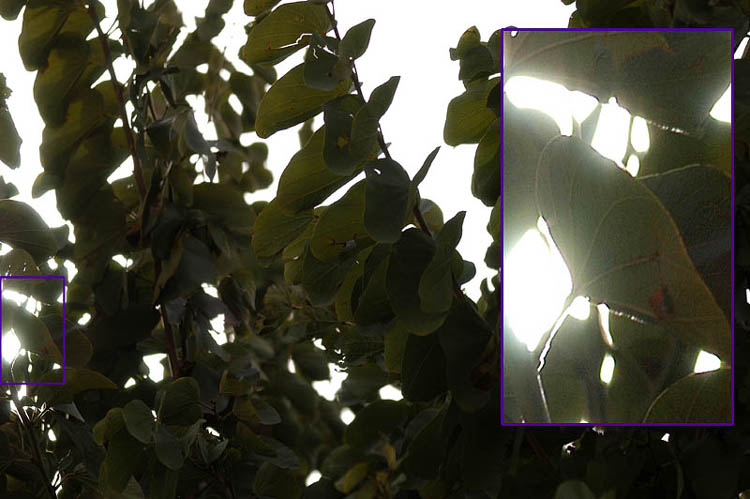 | | Model: NIKON D100 Exposure Time: 1/4000sec F Number: 2.8 Max Aperture Value: 3 Focal Length: 150mm Exposure Program: Aperture priority Exposure Bias Value: 0 Metering Mode: Center Weighted Average White Balance: Manual white balance Flash: Flash did not fire Focal Length In 35mm Film: 225 Date Taken: 2005:01:21 09:00:23 Color Space: sRGB |
Now I will present a series of sharpness tests. The first one with a 1.4 teleconverter giving a 210mm focal length and a maximal aperture value 4, - with a wide-open aperture. The sharpness is amazing:  | | Model: NIKON D2X Exposure Time: 1/1250sec F Number: 4 Max Aperture Value: 4 Focal Length: 210mm Exposure Program: Aperture priority Exposure Bias Value: 0 ISO Speed Ratings: 125 Metering Mode: Pattern White Balance: Auto white balance Flash: Flash did not fire Focal Length In 35mm Film: 315 Date Taken: 2005:07:30 12:21:46 Color Space: sRGB |
It easily passed the sharpness and microcontrast test. In the next photo – which is a brutal test for a digital camera – searching for detail and hues in a red area of the picture (red usually comes out very poorly in photographs) the lens performed very well. Even the stamen sharpness test was successful. To form some depth of field, the aperture was closed to 8:  | | Model: NIKON D2X Exposure Time: 1/1250sec F Number: 4 Max Aperture Value: 4 Focal Length: 210mm Exposure Program: Aperture priority Exposure Bias Value: 0 ISO Speed Ratings: 125 Metering Mode: Pattern White Balance: Auto white balance Flash: Flash did not fire Focal Length In 35mm Film: 315 Date Taken: 2005:07:30 12:21:46 Color Space: sRGB |
The next test - sharpness at F:2.8. The depth of fiesl is very shallow, but the picture speaks for itself: 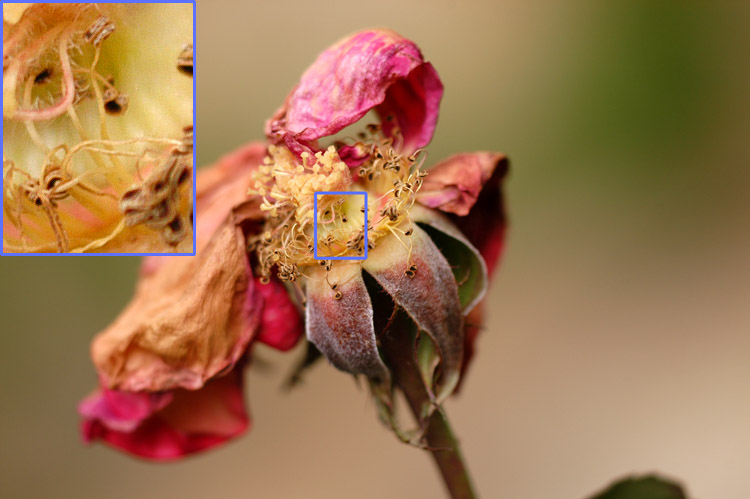 | | Model: NIKON D100 Exposure Time: 1/400sec F Number: 2.8 Max Aperture Value: 3 Focal Length: 150mm Exposure Program: Aperture priority Exposure Bias Value: 0 Metering Mode: Center Weighted Average White Balance: Manual white balance Flash: Flash did not fire Focal Length In 35mm Film: 225 Date Taken: 2005:01:21 09:03:12 Color Space: sRGB |
When closing the aperture to one-third stop (to 3.2) the sharpness improves immensely, and the capability of separating fine tones in this picture is well presented: 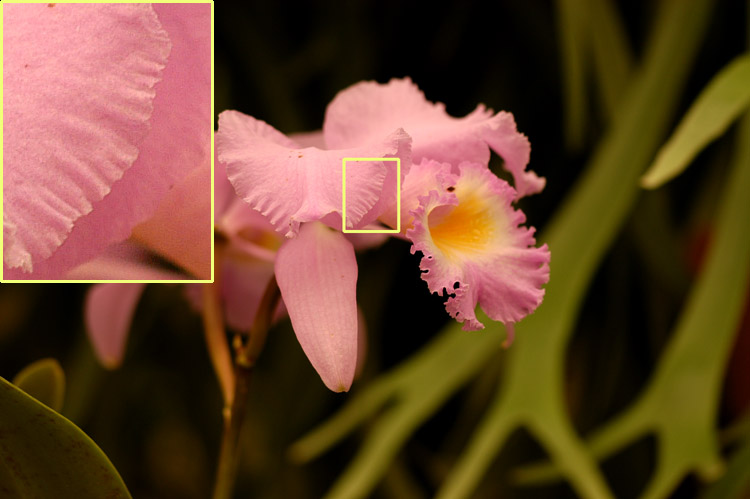 | | Model: NIKON D100 Exposure Time: 1/250sec F Number: 3.2 Max Aperture Value: 3 Focal Length: 150mm Exposure Program: Aperture priority Exposure Bias Value: 0 Metering Mode: Center Weighted Average White Balance: Manual white balance Flash: Flash did not fire Focal Length In 35mm Film: 225 Date Taken: 2005:02:19 12:12:54 Color Space: sRGB |
The last sharpness test was performed with aperture 5 in distance-photography and it speaks for itself:  | | Model: NIKON D100 Exposure Time: 1/3000sec F Number: 5 Max Aperture Value: 3 Focal Length: 150mm Exposure Program: Aperture priority Exposure Bias Value: 0 Metering Mode: Center Weighted Average White Balance: Manual white balance Flash: Flash did not fire Focal Length In 35mm Film: 225 Date Taken: 2005:01:21 09:01:15 Color Space: sRGB |
The lens achieves excessive sharpness when using aperture 4 and above. The large focal length dictates a small field depth and closing the aperture to 4 (1 stop), improves this state. On the other hand, adding a teleconverter worsens the shallow field depth state, and further closing of the aperture is required to catch some details in front and behind the photographed item. To summarize – it is worth the money. It’s a shame that a special Sigma teleconverter is required for this lens but in return you get a long focal lens for general use in addition to macro. There are companies (including Sigma) that create longer macro lenses – in the range of 180 to 200mm. This lens, with a teleconverter, will save us the need to purchase a longer lens because it provides us with all we need. This time too Sigma did it – significantly! |





